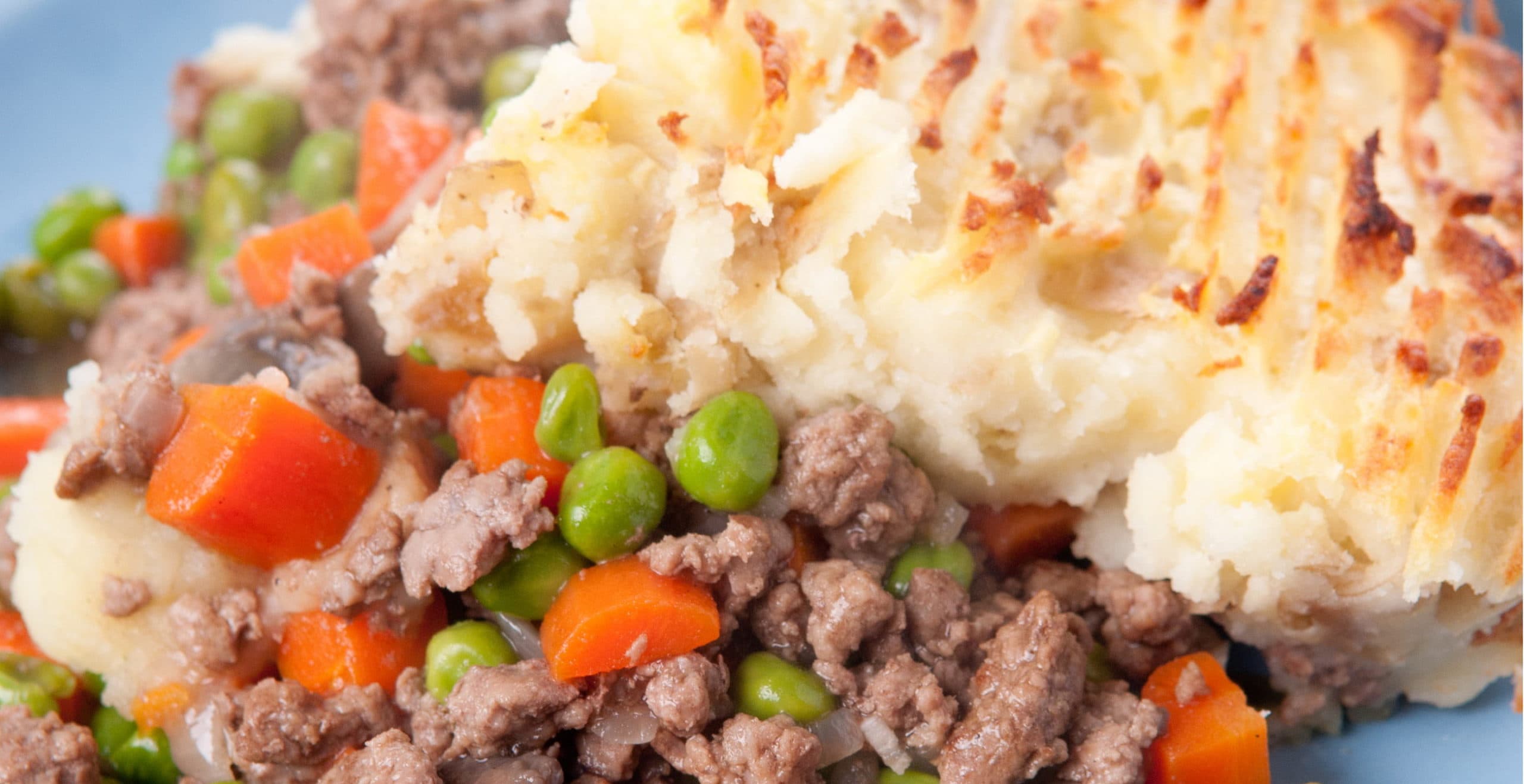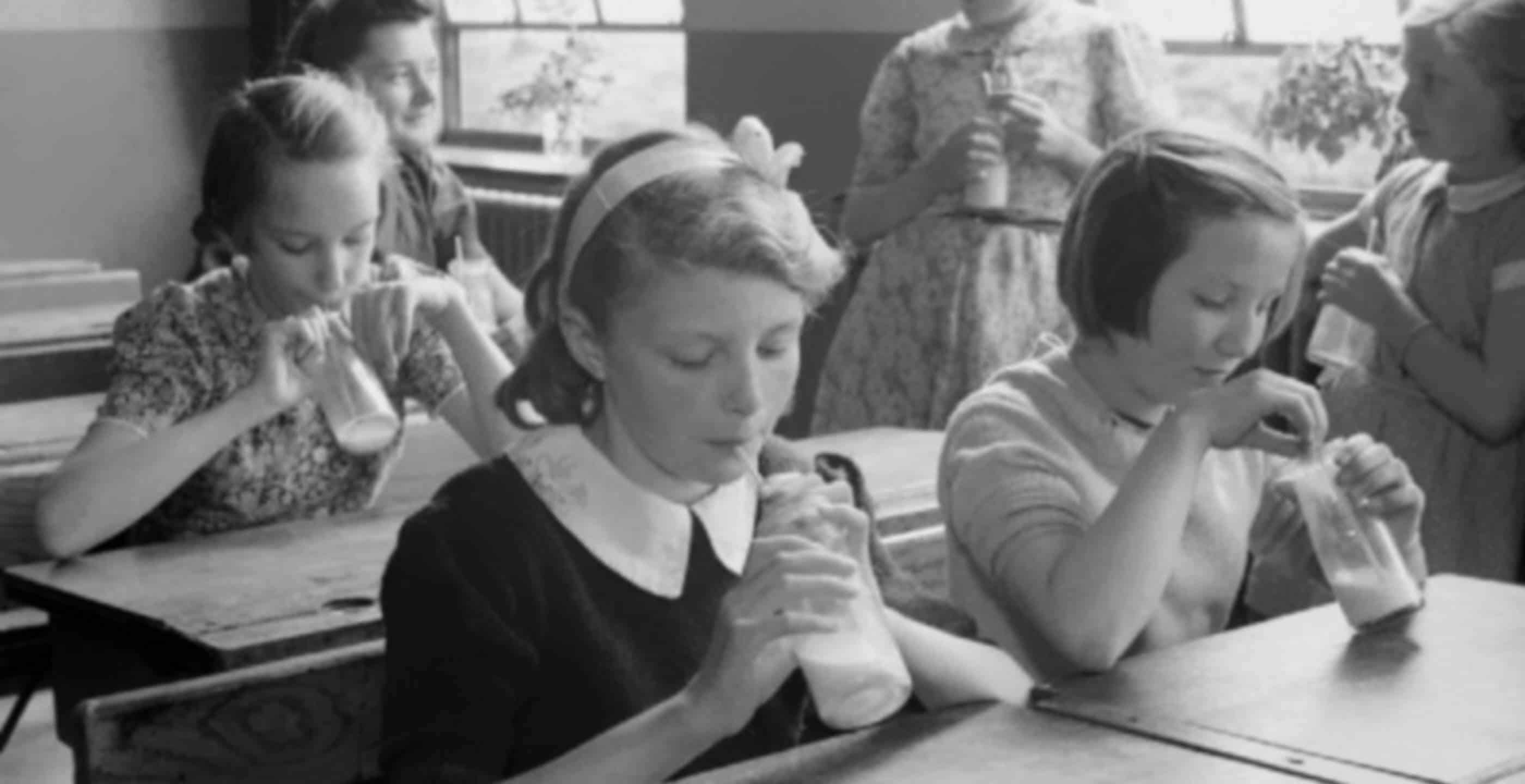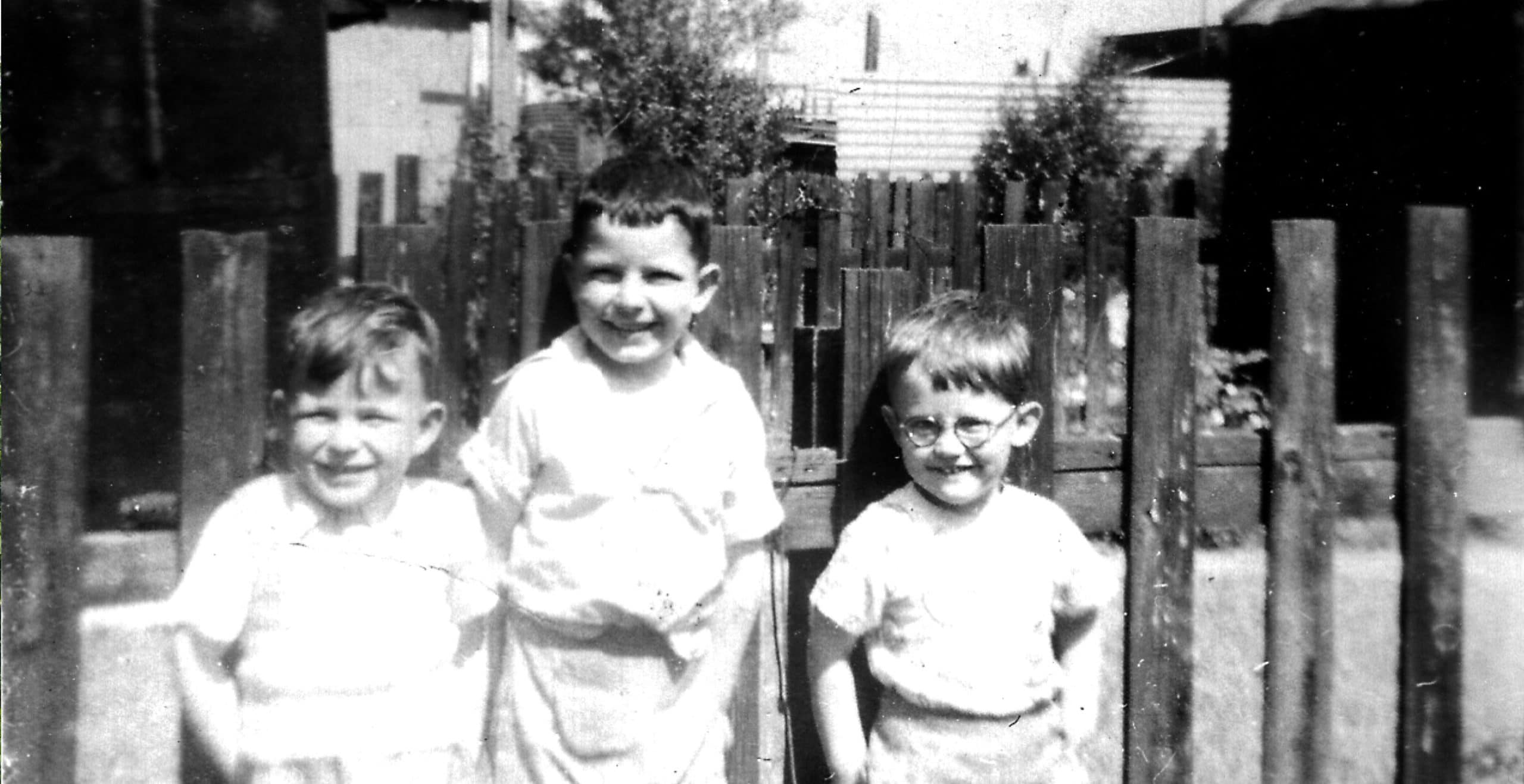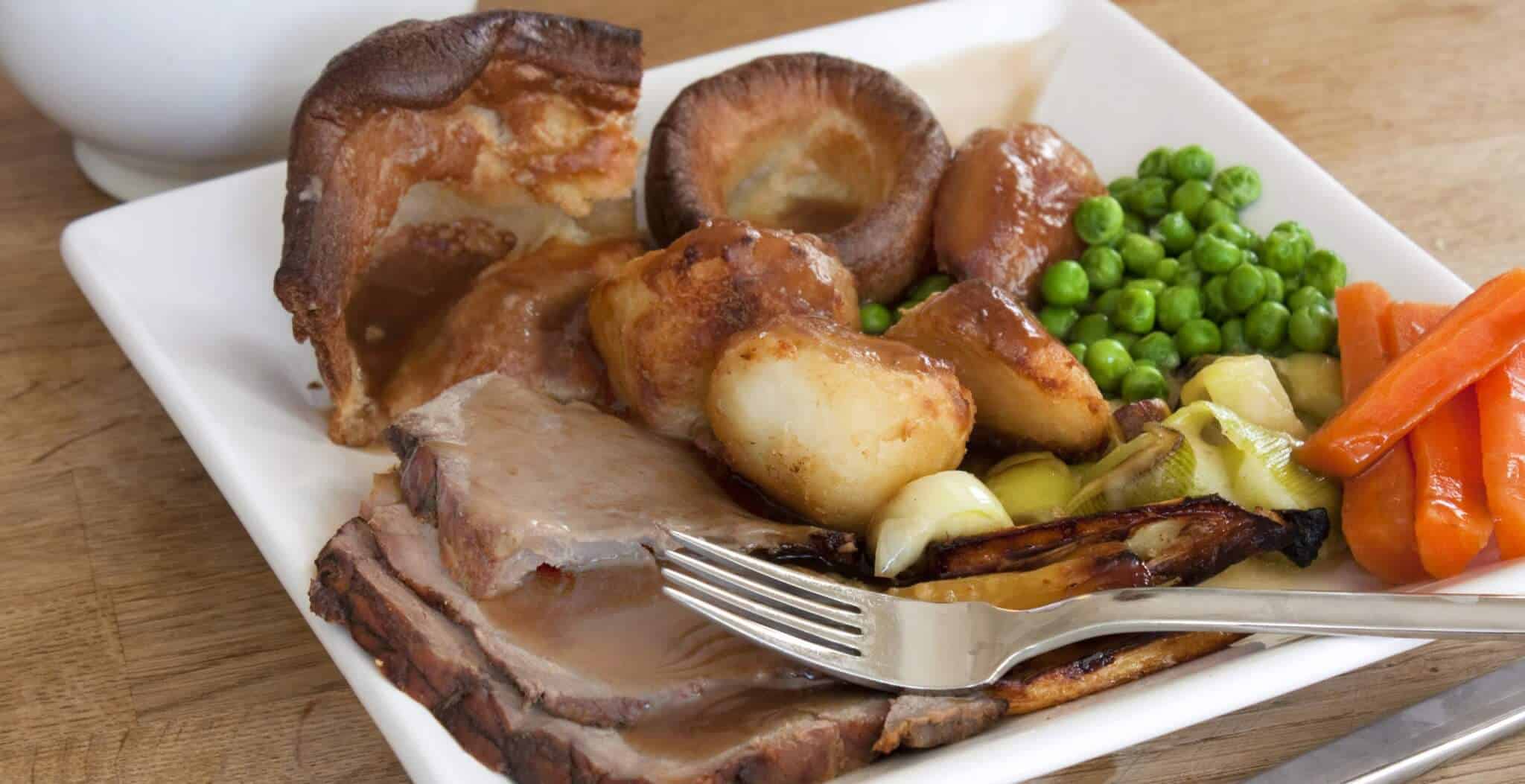We all remember the smell of overcooked cabbage that haunted the halls and corridors of our schools in the 1950s and 1960s. School dinners – loved or loathed, they have left us with many memories!
If you lived within walking distance of your school, and your mother or a neighbour was willing to make you lunch, you could go home rather than stay school dinners, returning in time for afternoon lessons.
Everyone else had school dinners. Dinner money was collected every Monday for the week, a shilling a day in the late 1950s rising to 1s 6d in the mid 1960s. Free school meals were available to those in need.
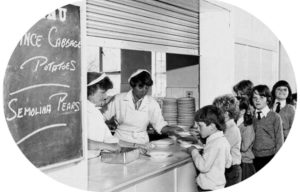 Photograph by kind permission of Friends Reconnected
Photograph by kind permission of Friends Reconnected
Cooked from scratch on the premises, these dinners were planned to give children a hot, nutritious meal in the middle of the day. In the 1950s and 1960s many a child lived in poverty and a hot meal was often not possible. School milk had also been introduced to improve the poor diet of many children.
Children sat at tables, usually in the school hall that doubled as the gym. Often there was an adult on each table who would coach the children in table manners, ‘please pass the salt’ etc. as well as encouraging them to eat the less delicious but still nutritious dishes on the menu. If no adult, then often a prefect or older child would be ‘head of table’.
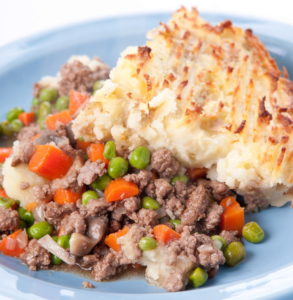
Following rationing, this was plain cooking. Weekly staples would include minced beef and carrots in gravy with mashed potatoes, for example, or hotpot. Friday lunch was always fish, often a piece of white fish in parsley sauce or fish and chips, and in the 1960s, maybe fish fingers. Steak and kidney pie, liver and onions, corned beef and toad in the hole also appeared frequently on the menu and were accompanied by tinned peas or seasonal vegetables, more often than not cabbage that had been boiled into a soggy mush.
In the summer there might be ham salad, consisting of a slice of ham, round lettuce, cucumber and half a tomato, served with boiled potatoes.
You were expected to eat everything on the plate, even if that meant the dinner lady or teacher keeping you behind until you had finished the now cold, congealed plate of food in front of you. Many have been permanently scarred by the experience! It was best to chew quickly, swallow hard and flush down with a glass of water.
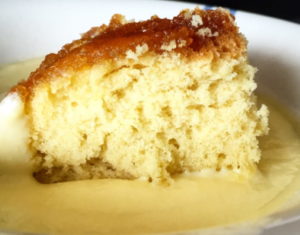
Puddings were the saving grace of school dinners. Sponge puddings were served with hot custard, usually yellow in colour but not always; sometimes there was green custard or pink. The school dinner ladies must have made gallons of custard; if not homemade (and invariably lumpy) it was made from Bird’s custard powder mixed with milk.
Suet puddings such as spotted dick and jam roly poly were tasty and filling, perfect for those who had struggled through a less than appetising first course. Prunes and custard kept the children ‘regular’: it was fun to count the prune stones with the rhyme, “Tinker, tailor, soldier, sailor…”. Apple crumble and apple pie were always popular. And then there were the milk puddings: blancmange or rice pudding, tapioca or sago (“frogspawn”), usually served with a spoonful of jam.
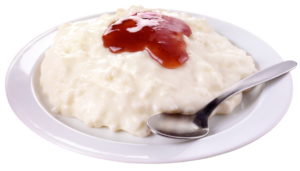
For around the 50% of children who stayed school dinners in the 1950s, it was the main meal of the day. Whether you remember them fondly or not, nutritionally these were balanced meals: a main course of protein, vegetables and carbohydrates, with puddings either made with milk or served with milky custard. Prepared from fresh each day, there were no artificial additives.
Whilst the plainly cooked main courses may have filled many with dread, the vast majority remember the puddings with great affection. Chocolate sponge pudding with chocolate custard, for example – nectar of the gods…
Published: 17th September 2021
